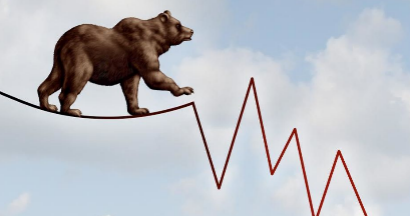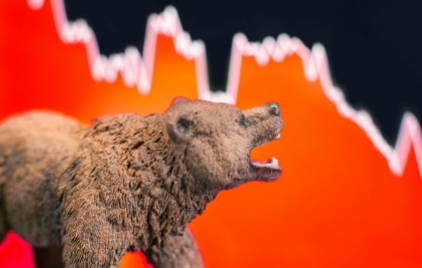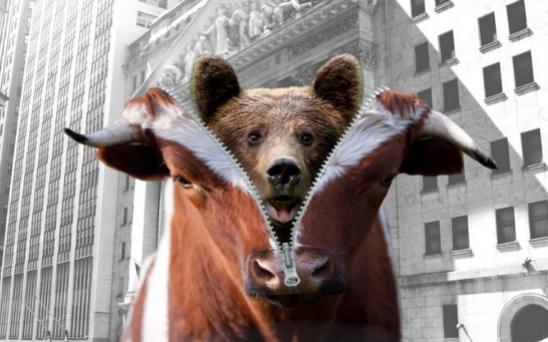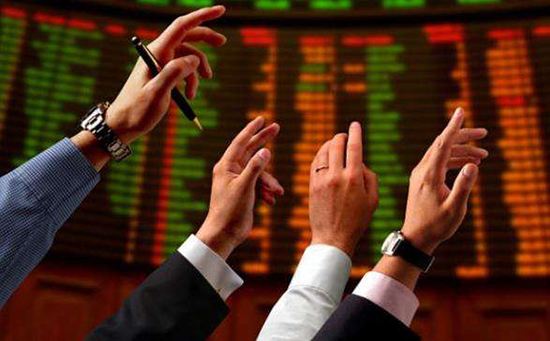A bear market refers to a securities market in which prices are in a long-term downward trend. The general trend of price changes is to keep falling, characterized by big drops and small rises. When some investors started to panic, they dumped stocks, kept short positions, and waited. In the securities market, the overall operating trend is downward. Although there has been a rebound during this period, the vast majority of people are still losing money.

Main features :
1. More and more people are jumping in, and investors are frantically rushing in, which is a harbinger of an imminent bear market.
2. When good news comes out, the stock price does not rise but falls.
3. Unfavourable news in the market keeps coming out.
4. Legal entities and large households sell their stock in large bulk. The trading volume has increased significantly, but the stock price has been stagnant.
5. Stocks are sold one after another, and the stock price falls rapidly.
6. The macro-economic indicators show an obvious downward trend; the price in the surrounding markets falls one after another; the government adopts a tightening policy on the capital market, and prices rise rapidly.

The three stages of a bear market:
1. The first stage usually occurs when the bullish sentiment in the market reaches its peak: the market is optimistic, and investors are not wary of changes in the market outlook. Though investors are highly optimistic about the stock price, the upward trend is weakening, and signs of cooling gradually appear; some sensible traders are starting to slowly withdraw their funds or stay to watch.
2. At the second stage, the price has fallen below a key support level, and the price trend has changed from a moderate decline to a rapid decline; any negative news will trigger "panic selling". Panic selling causes the market to dive, and the downtrend eases later.
3. In the third stage, bad news keeps appearing; public opinion becomes more and more pessimistic; transactions are few, and fear turns into despair. Prices have continued to fall, but the decline has not intensified, as the negative factors have largely emerged, and short positions have risen to highs for a long time. This stage coincides with the beginning of the first stage of the bull market, and provides the best opportunity for investors who are visionary and rational. A bear market will end when all the bad news comes out and its effect is absorbed by the market.

How should us ordinary people respond when a bear market comes?
1. No buying, no chasing. In a bear market, the stock market's rise is often followed by price decline.
2. It is better to miss than to be impulsive. Except for a few strong stocks in a bear market, most of the individual stocks would stop rising when reaching to a certain level. If investors find that the stock price has already risen sharply, the best time to intervene has been missed.
3. It is better to earn less than to be greedy. Do not be too greedy in a bear market, but to sell in time to make profits. Rebounds in bear markets are often short-lived, and there is little room for profit.
4. It is better to lose less than to lose more. When the stock market is in an obvious downward trend, no matter whether the individual stocks you hold lose money or not, sell them in time to prevent further losses.




